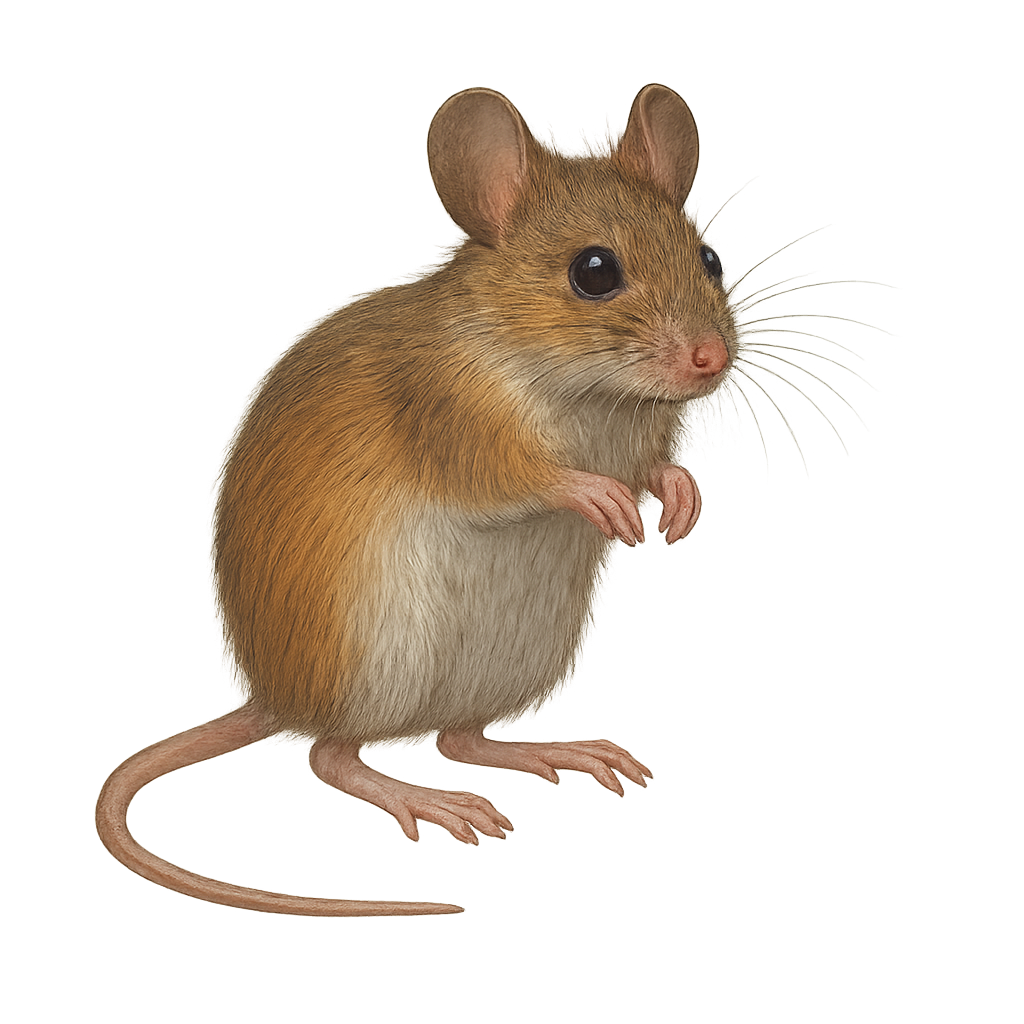Your wildlife photography guide.
Explore the yellow-necked mouse in detail, study its behavior, prepare your shots.
Where to observe and photograph the yellow-necked mouse in the wild
Learn where and when to spot the yellow-necked mouse in the wild, how to identify the species based on distinctive features, and what natural environments it inhabits. The WildlifePhotographer app offers tailored photography tips that reflect the yellow-necked mouse’s behavior, helping you capture better wildlife images. Explore the full species profile for key information including description, habitat, active periods, and approach techniques.
Yellow-necked mouse
Scientific name: Apodemus flavicollis

IUCN Status: Least Concern
Family: MURIDAE
Group: Mammals
Sensitivity to human approach: Suspicious
Minimum approach distance: 5 m
Rut period: April to August
Gestation: 22-26 jours
Births: April to September
Habitat:
forests, hedgerows, gardens
Activity period :
Mainly active at night, generally discreet during the day.
Identification and description:
The yellow-necked mouse, Apodemus flavicollis, is a small rodent belonging to the Muridae family. It is characterized by a distinctive yellow band around its neck, contrasting with its reddish-brown back and white belly. Primarily nocturnal, it inhabits forests, hedgerows, and sometimes gardens. Its diet includes seeds, fruits, and insects. Agile and fast, it can evade predators effectively. It reproduces several times a year, with litters of 4 to 7 young. Although common, it plays a crucial role in the ecosystem by dispersing seeds and controlling insect populations.
Recommended lens:
Macro – adjust based on distance, desired framing (portrait or habitat), and approach conditions.
Photography tips:
To photograph the yellow-necked mouse, it is advisable to use a macro lens to capture the details of its distinctive fur. Being primarily nocturnal, it is best to photograph it at dawn or dusk. Use a tripod to stabilize your camera and a remote shutter release to avoid scaring it away. Be patient and quiet to avoid disturbing its natural habitat.
The WildlifePhotographer App is coming soon!
Be the first to explore the best nature spots, track rutting seasons, log your observations, and observe more wildlife.
Already 1 430 wildlife lovers subscribed worldwide

